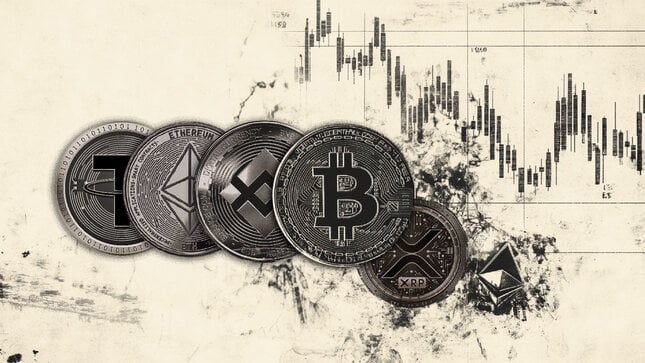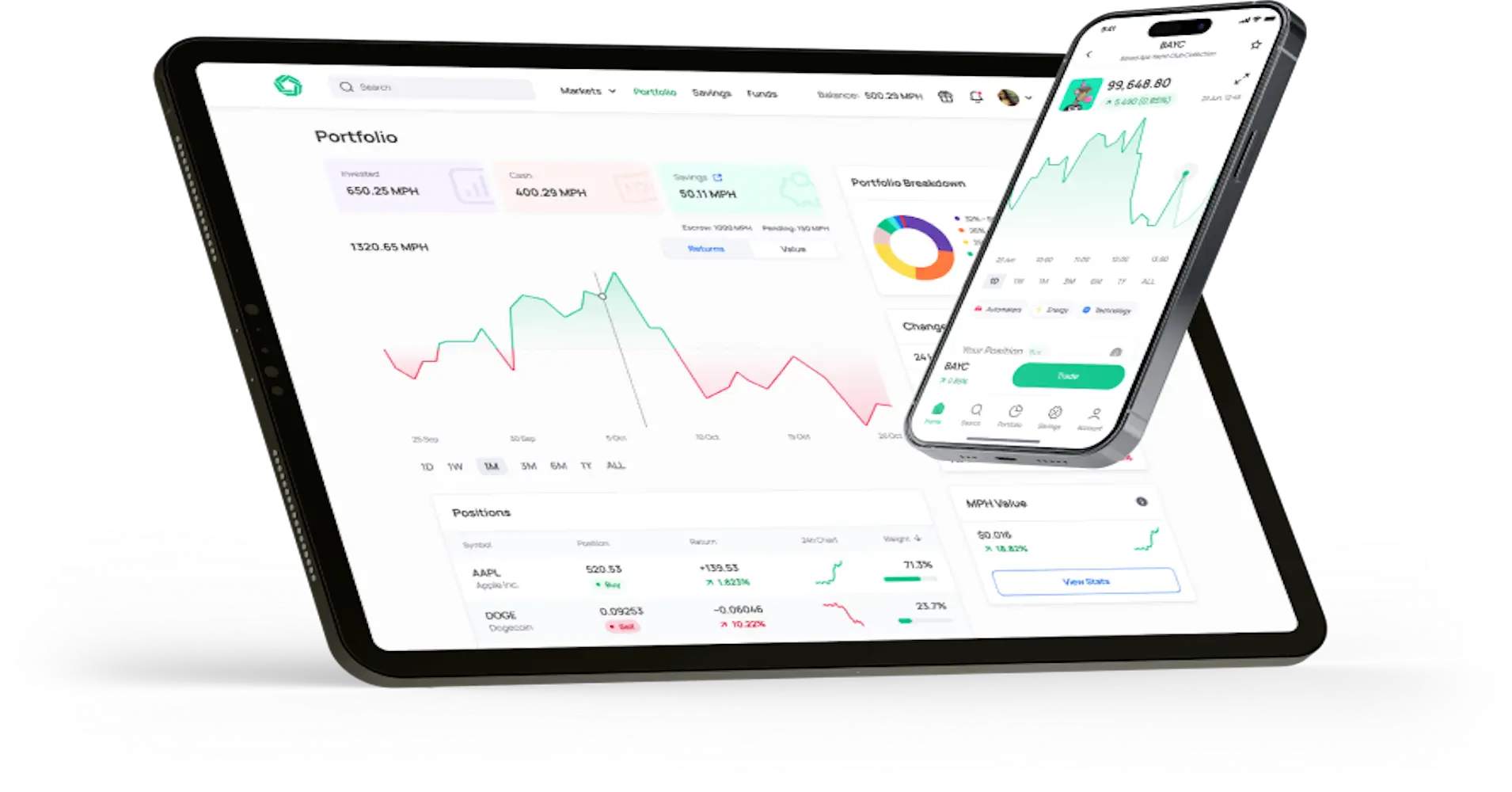Uniswap Price Forecast: UNI holds above $6 as traders eye UNIfication vote outcome
Uniswap (UNI) price holds above $6 at the time of writing on Tuesday after closing above a key resistance zone in the previous week. Traders are focusing on the highly anticipated UNIfication proposal, which is set to conclude on Thursday, and could become a key near-term catalyst.
https://www.fxstreet.com/cryptocurrencies/news/uniswap-price-forecast-uni-holds-above-6-as-traders-eye-unification-vote-outcome-202512230420


